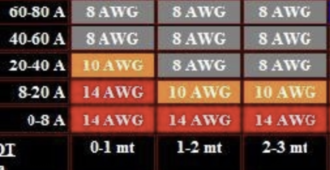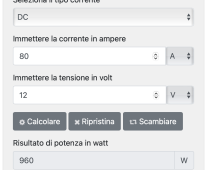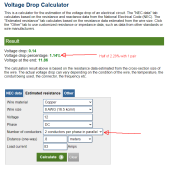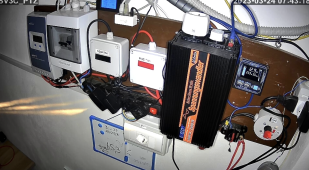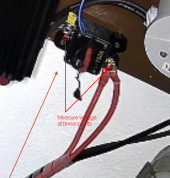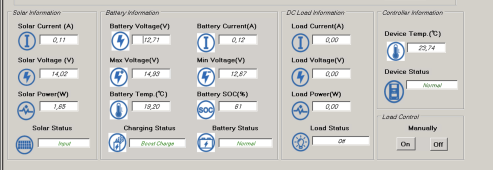frankz66
New Member
Hi everyone, I wanted to ask for a technical info about a pair of cables that I bought from 8 awg 10 mm2. These cables are made of soft material I believe silicone (see photo), composed of hundreds of very thin wires and as stated by the manufacturer, low impedance. I should replace some cables of a 300 ampere storage, which even if of almost 4 kw, the charge from the regulator that will end up in these batteries will never exceed 45 amps of maximum current (about 15 ampere per battery). The maximum distance from the battery to the inverter is about 80 cm, very short, the load that the reverse will support will be an average of 400 watts and rarely peaks of 1000 watts (very occasionally). The invert is a 1000 watt pure wave edecoa with a maximum power of 2000 watts. Making a calculation for the cables and the powers used to me, a cable avg 8, 10 mm2 in reference to the table is able to support up to 3 mt 80 ampere of current. That said, in the photo I present an 8 awg 10 mm2 cable with quite large and small copper wires and always in the photo the cable I bought from the same section but as written before with miles of wires (it also cost a lot 2.5 meters 32 euros). In your opinion this soft cable indeed very soft and with low impedance (I don't know its meaning) is better or even better indicated to replace the old one? The three 110 amp batteries are connected to each other with 10 mm2 cables. Thank you Ps: Being composed of hundreds of very thin wires, did I buy it wrong?
Attachments
Last edited:




